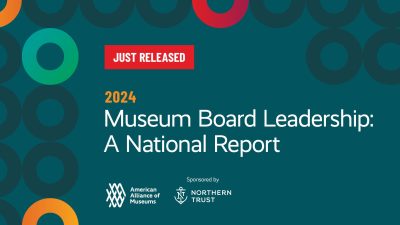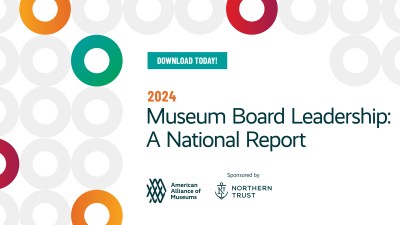
Officially opened 25 years ago as a partnership between the University of Massachusetts Lowell’s Graduate School of Education and Lowell National Historical Park, the Tsongas Industrial History Center provides hands-on, interdisciplinary programs for approximately 55,000 students (grades 3 through college) and teachers annually. At TIHC, students learn about the American Industrial Revolution through activities and tours of the sites where history—and science—happened. Students “do history” by weaving, working on an assembly line, role-playing immigrants, voting in a town meeting, or becoming inventors. Students can also “do science” as they use the engineering design process, manipulate simple machines, create canal systems and test waterwheels, measure water quality, trace the flow of groundwater pollution, or discover river cleanup techniques. Each TIHC program day is four hours long, during which students engage in hands-on, minds-on activities and utilize the Park’s historic resources as a learning laboratory.
The “secret ingredient” to TIHC’s success is student-centered learning that opens the door for students to find their own relevance in the content. As Nina Simon writes in her book The Art of Relevancy, “Relevance is an exercise in empathy – understanding what matters to your intended audience, not what matters to you.”[i] The goal is to crack open the door to industrial history and allow students to walk through it in their own way, making their own meaning, finding their own relevance.
When TIHC staff develop a new program or improve existing programs, they think about how to engage students intellectually and emotionally at an appropriate developmental level. Then they select appropriate pedagogical strategies, engage in pilot testing, and evaluate results before codifying program outlines and training Museum Teachers. The staff value collaboration, engagement, and inquiry learning and believe in the concept of shared authority. Programs are facilitated so that students can learn as much from each other as they do from staff. These pedagogical strategies also support Partnership for 21st Century Learning skills.
So what does student-centered learning look like?

TIHC uses this venerable art analysis strategy to begin a discussion of child labor. Previously, this part of the Workers on the Line labor history program consisted of a Museum Teacher lecturing for 20 minutes about Lewis Hine photographs. With the introduction of VTS, students now make personal connections with historical and modern photos of child labor. What’s the best way to get students to share their opinions? Let them write on a wall!! They record their thoughts on a whiteboard wall in the exhibit. In their program evaluations, classroom teachers consistently provide positive feedback, noting that this new activity engages students because they are able to make their own meanings and share them with others.
Building a Persuasive Argument
TIHC staff have found creative ways to engage students in the traditional, static exhibits of the Park’s Boott Cotton Mills Museum. Before visiting the museum, students are asked “What does cloth mean to you and to your lives?” After sharing their thoughts, they read aloud quotes from 19th-century Lowell mill workers and mill owners which present opposing views of mill work, industrialization, and slavery. Guided by open-ended questions, students then investigate the museum in groups to build a persuasive argument. The groups take turns articulating their arguments, supporting them with evidence gathered from the exhibit. They are then asked to think critically about and respond to a series of questions:
- How did your personal opinion of work in the mills change because of what you learned in the museum or from your classmates?
- What issues were raised that you hadn’t considered before?
- If you lived in 1840, would you have decided to stay on the farm or go to work in a mill? Why?
The activity concludes with a link to the 21st century. Students inspect their clothing labels to find out where the majority of clothing is made today. Then they read contrasting opinions from Chinese women about working in a textile factory today, making connections between 19th-century and 21st-century views on working in the textile industry.

Put Students in the Field
Many of TIHC’s student visitors hail from inner-city locations along the Merrimack River, the river that powered the textile mills in Lowell and other cities in the Merrimack Valley, but many students have little contact with the natural environment. TIHC’s environmental programs put students aboard Lowell National Historical Park’s river boat to test and observe the health of the water and watershed. Students gather and analyze water quality data. They also identify macroinvertebrates, an indicator species for water quality, and discuss how human actions can affect the environment. The Merrimack River Valley is their home, and these types of experiences provide students the opportunity to form relevant connections with the world around them and inspire them to be stewards of their environment.
TIHC believes that putting students at the center of the learning experience is the best way to engage them, promote 21st century skills, and foster appreciation for history, historical resources, and the natural world. To learn more about the Center’s programs, visit online or email.
[i] Nina Simon, The Art of Relevancy. (Santa Cruz: Museums 2.0), 51.









Comments